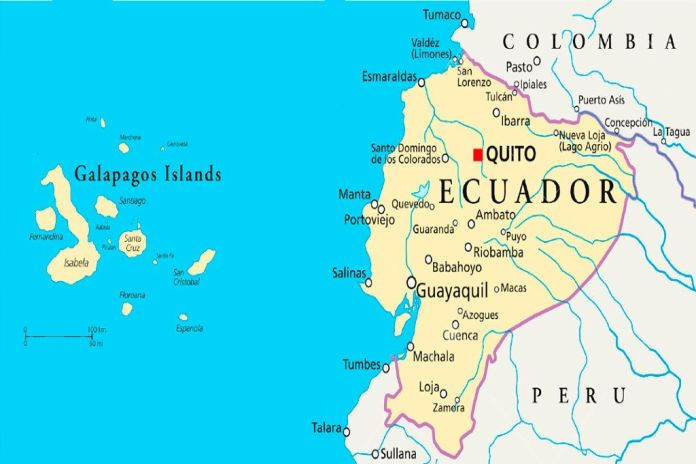USA / ECUADOR – The government of Ecuador launched an IDB-backed plan to reduce greenhouse gas emissions on the Galapagos Islands. The energy transition plan, called Energy Evolution, will also help the Ecuador lower the fiscal burden of its liquid fuel and electricity subsidies by drastically cutting fossil fuels use and building out renewable energy capacity in the archipelago.
Under its plan for the Galapagos Islands, the Ecuador will reconfigure the electricity generation mix, optimize energy consumption among end users, overhaul the electricity infrastructure, and transform the Galapagos into smart islands through automation and digitization. The plan will also use carbon markets to finance programs based on communities, ecosystems, and nature; promote female participation in the electricity sector; and empower beneficiaries to lead the transition process.
The energy transition is essential to preserving the environment and achieving sustainability on the Galapagos Islands, which are recognized as a World Natural Heritage Site and Biosphere Reserve. Reducing greenhouse gas emissions protects biodiversity, enhances energy autonomy, and creates new economic opportunities for the archipelago’s population.
Through the projects in this plan, Ecuador can potentially eliminate 130,411 tons of CO2 emissions from 2025 to 2030, opening the door to carbon market financing based on certified emission reductions. The target is to achieve carbon neutrality by 2050, which will require new technologies; new energy sources like green hydrogen, biomass, and geothermal; and other measures.
“The IDB is proud to provide technical and financial backing for this energy transition plan. It represents another step by Ecuador and the region towards decarbonization and sustainable energy sources, as well as a commitment to the environment and sustainability of the Galapagos, a natural heritage site,” said Ariel Yépez-García, IDB infrastructure and energy manager.
The IDB has supported the government’s efforts to achieve a transition to low-carbon energy driven by both the public and private sectors. In the Galapagos Islands, the IDB Group has mobilized technical and financial resources to sustainably implement this historic plan for the archipelago, with the goal of generating 85 percent of the islands’ power from renewable energy sources and storage by 2030; and 100 percent by 2040.





